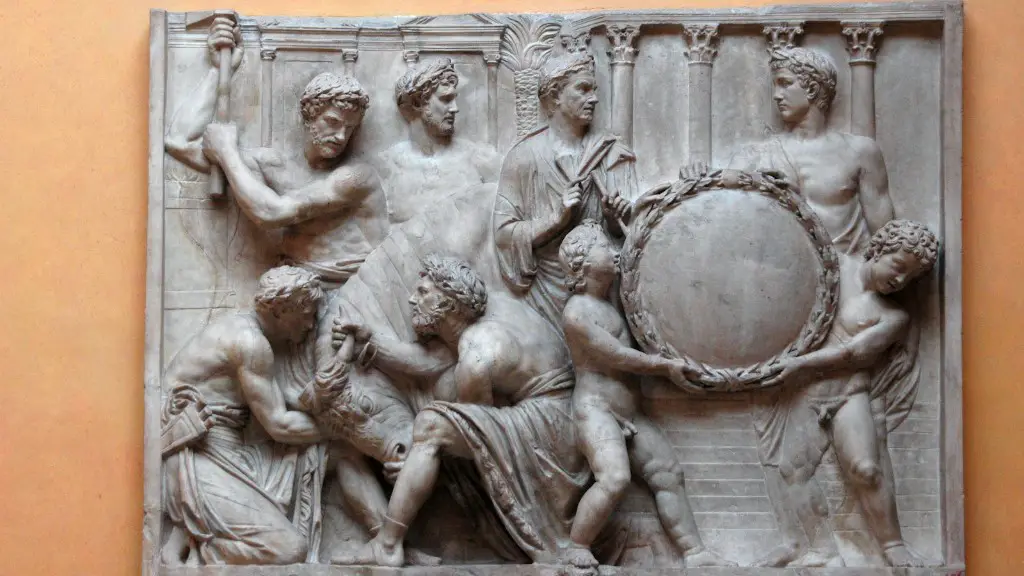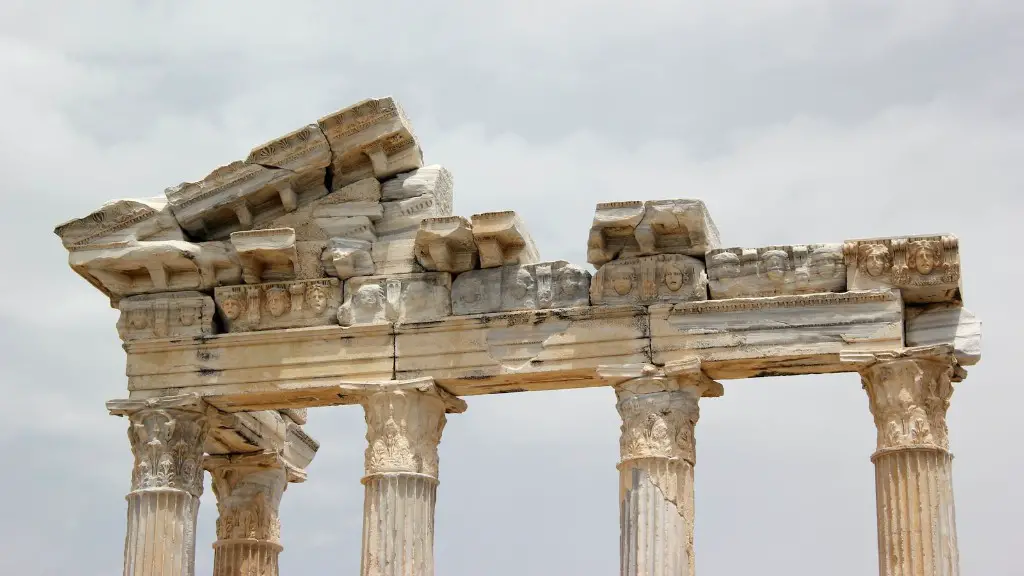In ancient Rome, a Gladiator was a professional fighter who fought against other gladiators, wild animals, and criminals in public arenas for the entertainment of the Roman people. To become a Gladiator, one had to be a slave, a prisoner of war, or a criminal.
There is no one answer to this question as each individual’s story would have been different. However, some possible ways that someone could have become a gladiator in ancient Rome include being born into a family of gladiators, being sold into slavery and then trained to fight, or volunteering to be a gladiator in exchange for money or glory.
How did most fighters become gladiators?
Criminals who were sentenced to death were sometimes thrown into the arena unarmed to serve their sentence. Some people, including women, actually volunteered to be gladiators. They were willing to risk death for the possibility of fame and glory. Many gladiators went to special schools that trained them how to fight.
The practice of man against animal engagements, in combat that was at times to the death, was a popular sport in the ancient world. Gladiators were typically recruited from criminals, slaves, and prisoners of war, and the spectacle of their fights was a popular entertainment for the masses. However, this practice was also controversial, as it often resulted in the death of one or both participants.
Why did free men become gladiators
The games were so popular that successful gladiators could become extremely rich and very famous. As a result, while most gladiators were condemned criminals, slaves or prisoners of war, some were freedmen who chose to fight, either as a way to achieve fame and fortune, or simply because they enjoyed it.
Some of the first gladiators were prisoners-of-war who were experienced fighters. Gauls, Samnites, and Thraeces (Thracians) used their native weapons and armor.
Were gladiators freed if they won?
Gladiators were not something to be taken lightly. They were criminals and slaves who were set free if they survived their 3-5 years. But the threat of death still hung over every battle.
The ludi, or gladiator schools, were important in the training of gladiators. These schools were located close to the arena, and the city of Rome had three schools next to the Colosseum. The ludi were important in teaching the necessary combat techniques to the gladiators so that they could survive in the arena.
How brutal were gladiator fights?
It is clear that the sport of gladiatorial combat was brutal, and that many of those who participated did so with fear and trepidation. This is evidenced by the fact that on one occasion, 20 gladiators committed group suicide rather than enter the arena.
The gladiatorial games were officially banned by Constantine in 325 CE. Constantine, considered the first “Christian” emperor, banned the games on the vague grounds that they had no place “in a time of civil and domestic peace” (Cod. Theod. 9.16.1). This is a bit of a misleading statement, as the games continued in the Eastern part of the empire until at least the 5th century CE. Nevertheless, Constantine’s ban did mark the end of an era, and the games were no longer a regular occurrence in the Western empire from that point onwards.
Who was the baddest gladiator
Spartacus was a Roman gladiator who led a massive slave rebellion. After being enslaved and put through gladiator training school, an incredibly brutal place, he and 78 others revolted against their master Batiatus using only kitchen knives.
Gladiators were a physical embodiment of Ancient Rome’s military prowess and served an important role in both entertainment and politics. Consequently, they were an expensive investment for those who ran the gladiator schools. It was therefore preferable that the fighters did not die on the field. This meant they had to be strong enough to last more than one fight. Contrary to popular belief, not many gladiators actually fought to the death.
Did female gladiators fight men?
While sparse, evidence exists in art, laws and written accounts that women did participate in the brutal sport during the late Roman Republic and early Roman Empire, fighting each other fiercely with weapons for entertainment. But they didn’t fight nearly to the same degree as men did—and did so mostly as novelty acts.
The fights between the gladiators were usually very exhausting, lasting for 10-15 minutes. Sometimes, as many as 13 different fights would take place in a single day at the arena. The gladiators would often dress up as barbarians, in order to recall the glorious victories of the Roman legions against them. There were many different classes of gladiators, each with their own skills and weapons.
What were female gladiators called
While there is little historical evidence, the Gladiatrix were likely the female equivalent of the Roman Gladiator. They would have fought other Gladiatrix or wild animals during arena games and festivals. These games were likely rare occurrences, making it difficult to find detailed accounts of them.
The average height for a Roman Gladiator was around 5’5″! This is shorter than the average height for a man in Ancient Rome, which was around 40 years old. Gladiators were usually between 20 and 35 years old. This is a great reminder that even though the average height for a man is shorter than today, Roman Gladiators were still able to fight and compete!
Why was it rare for gladiators to fight to the death?
Since gladiators were expensive to house, feed and train, their promoters were loath to see them needlessly killed. Trainers may have taught their fighters to wound, not kill, and the combatants may have taken it upon themselves to avoid seriously hurting their brothers-in-arms.
The Roman practice of gladiatorial combat is one of the most famous aspects of their culture. However, there are some myths about gladiators that are not accurate. For example, contrary to popular belief, gladiators did not always fight until one of them died. In fact, most of the time, gladiatorial fights were stopped before either warrior died. This was because the costs of training a gladiator were very high, and it was not practical to allow them to fight to the death every time. Additionally, while some gladiators were slaves, many were actually volunteers who saw fighting as a way to earn fame and glory.
What was the diet of a gladiator
This research shows that the typical diet of gladiators was mostly based on cereals like wheat, barley and beans. This would explain why they were called “barley men” at the time, as cereals were a cheaper and more easily accessible food than meat or dairy products. This diet was likely due to the fact that gladiators were professional fighters who needed to be in top physical condition, and so a diet high in protein and fat would have helped them maintain their strength and energy levels.
The majority of gladiators were slaves who were taught how to fight in special schools. They were trained to fight with daggers, swords, forks and nets. They had to fight slaves and criminals who were either unarmed, or armed only with the net.
Final Words
In ancient Rome, a gladiator was typically a professional fighter who specialised in armed combat against other gladiators, wild animals, and condemned criminals. Most gladiators were slaves, prisoners of war, or criminals.
In conclusion, the life of a Gladiator in ancient Rome was one of violence and bloodshed. These brave individuals were often recruited from the lowest ranks of society and trained to fight in the arena for the entertainment of the masses. While the life of a Gladiator was often short and brutal, it was also a source of great pride and prestige for those who were able to achieve success in the arena.





